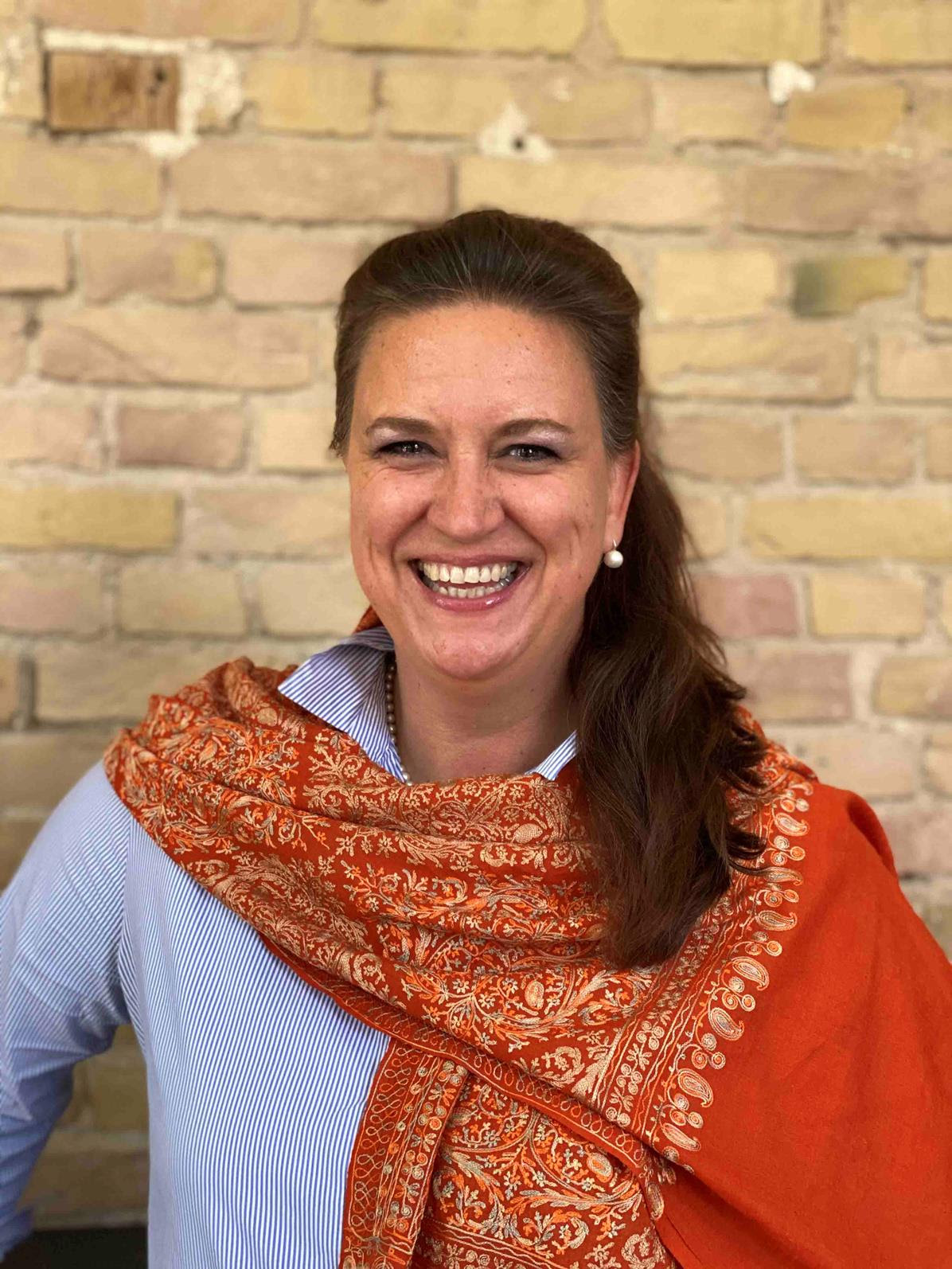3D printing opportunities
3D printing opportunities for mobility

Sustainable, fast and innovative – parts from additive manufacturing are gaining ground in mobility and logistics. Stefanie Brickwede from Mobility goes Additive e.V. explains the areas in which 3D printing has already made a mark.
By 2040, half of the world’s parts could come from the 3D printers – as predicted by a study carried out by the Dutch ING Bank. Additive manufacturing, commonly known as 3D printing, is also rapidly gaining in importance in the mobility sector. ‘If you think about what it would mean for urban logistics if storage space, material, emissions and weight could be massively reduced in future with the help of additive manufacturing, it’s impressive’, says Stefanie Brickwede, CEO of the international network Mobility goes Additive e.V.
Putting pressure on delivery bottlenecks
During the corona pandemic, the demand for additive manufacturing has already increased because manufacturers have seen that it can be used to bridge periods in which a regular supply route, for example via China, is suddenly cut off because there is a lockdown. ‘We can now see that companies are moving towards buying 3D printing technologies that are already well proven instead of relying on the very latest innovations’, says Brickwede, who also heads the Group 3D printing project at Deutsche Bahn.
As a pioneer among European railways, by 2015 Deutsche Bahn had already started additive manufacturing and has since printed more than 20,000 spare parts for over 180 applications. Traditionally, spare parts are produced, stored and either delivered at some point during the warranty period or scrapped afterwards. With additive manufacturing, they can be manufactured as required and locally – without tools, in the required quantity and without minimum order quantities or resource-intensive warehouse logistics.
Fast replacement but long tests
‘European railways are not manufacturers but users and operators of trains. There is always the problem that spare parts for old vehicles might no longer be available’, explains Brickwede. ‘The attractive thing about additive manufacturing is that small quantities can be produced easily in a short time with no minimum order quantity’. There is also a trend towards printing parts needed for safety and operation, but these then need to be tested.
The approval processes for parts from additive manufacturing can be lengthy and expensive and often take more time than the actual production. Mastering this challenge together is the main goal of the network Mobility goes Additive, which was founded four years ago in Berlin with nine members. Today, the network is structured as an amalgamation of 120 companies from the global value chain and includes users, material manufacturers, print service providers, machine manufacturers, universities, consultancies and software providers. ‘We jointly tackle all the issues that a company cannot solve on its own. In addition to the often lengthy and expensive approval processes, this also includes the search for the best materials, software aspects and the specifics of supply chains’, explains Brickwede. ‘Our network stands out because we are very agile’.
Making sustainability measurable
‘We are currently giving a great deal of thought as to how we can bring environmental sustainability in additive manufacturing more to the fore, make it measurable and make other companies aware of it’, continues Brickwede. ‘If parts are milled out of a plastic or metal block, up to 90 per cent of the material remains unused in the end’, explains the expert. With 3D printing, parts are built up layer by layer from powder or with metal or plastic wires. This means only the material that is needed for the respective part is used. This makes 3D printing much more efficient in terms of materials.
‘Thanks to additive manufacturing, vehicles, for example, will be lighter in the future’, continues the CEO. This will save CO2 emissions. ‘With additive manufacturing, new types of parts can also be made. I can integrate functions and print e.g. cooling channels. These are great opportunities that simply cannot be realised with casting or drilling’, explains Brickwede.
Production on the spot
Additive manufacturing enables production where the products are actually needed. ‘In ports, for example, there are 3D printers that enable ships to print the replacement parts they need to be able to get back in operation as quickly as possible. And those are the type of concepts that we’re seeing everywhere now’.
Seven European railway companies have joined the working group RAILiability. ‘We are liaising with them e.g. about how we can integrate additive manufacturing not just for spare parts, but right at the forefront of the supplier industry’s procurement process in the train sector. And this is really very innovative because this is where the railways can really come together and consider how something like this can be integrated into the procurement process’.
Additive manufacturing also offers attractive possibilities for greater sustainability. ‘There are approaches that take advantage of recycling processes in 3D printing’, says Brickwede. ‘PET bottles, for example, are melted down and the material can be reused’.
About Stefanie Brickwede
Stefanie Brickwede is the managing director of the network Mobility goes Additive e.V., which was founded in Berlin in 2016 and is now the largest international association within the 3D printing industry. Brickwede also heads the group project 3D printing at Deutsche Bahn. At Hypermotion, 10-11/11, Stefanie Brickwede will discuss 3D printing and urban logistics in the Hypermotion Lab.
Mobility & Logistics at Messe FrankfurtThis article was first published in the Mobility & Logistics News of Messe Frankfurt, which is published every three months – free of charge and obligation. You can subscribe here.
Discover Messe Frankfurt’s international portfolio of events for the automotive, transport and logistics industries. Approx. 25,000 exhibitors and 830,000 visitors are already taking advantage of more than 40 trade fairs, conferences and other events offered by Messe Frankfurt. You will find dates, pictures and insights for these events here.





